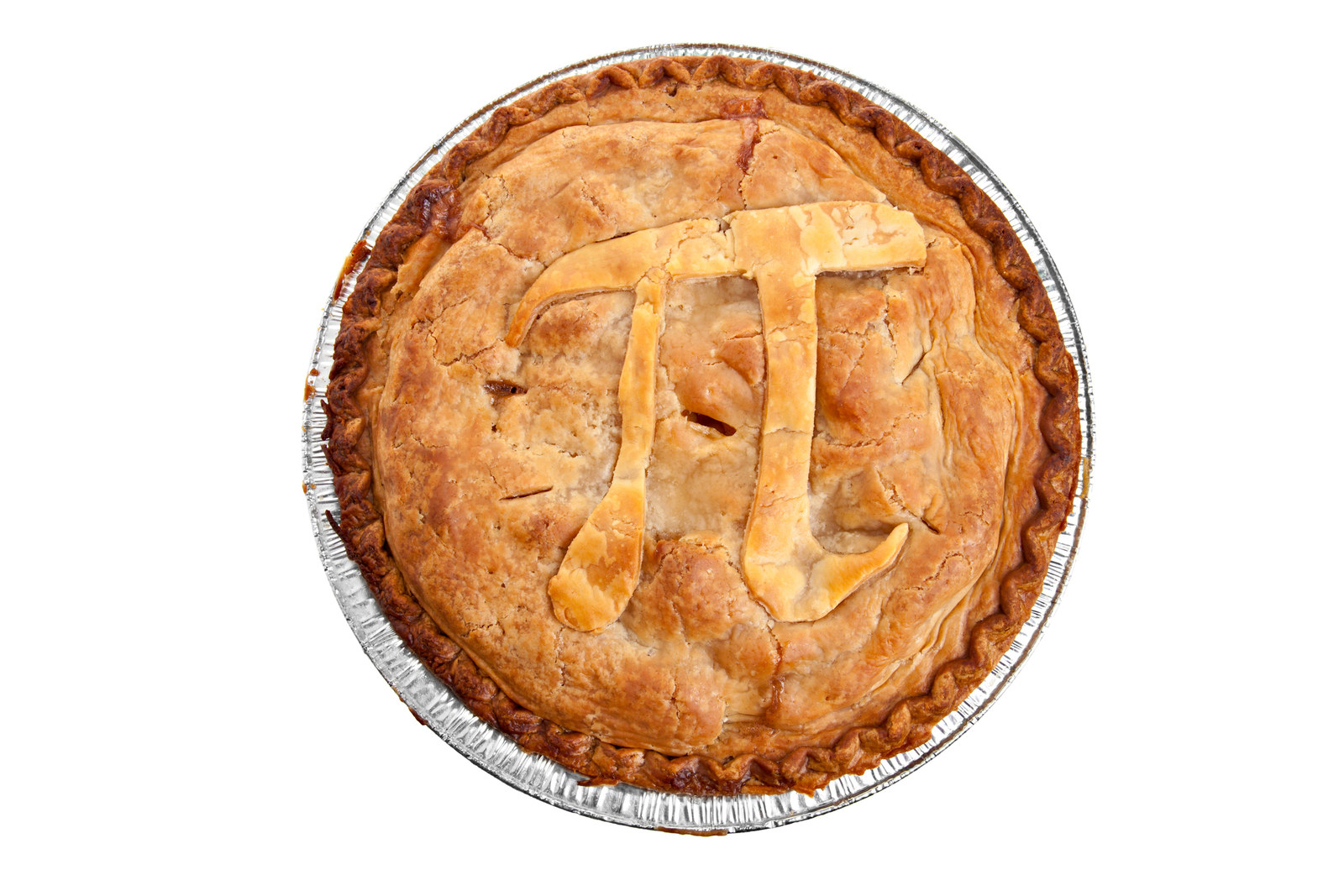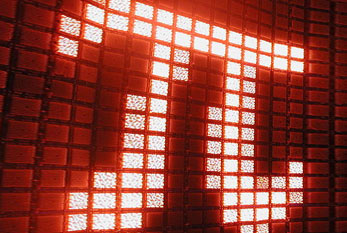

The Relationship between Meandering Rivers and Pi To understand this much better you can try this. It means that pi could somehow be calculated using Buffon’s technique, if someone have enough time and patience to go through all the simulations. It was found out that the probability of a needle to cut the line while landing is exactly 2/pi or nearly 64%. In this case, there are actually two variables, drop angle of the needle, let’s assign it the symbol theta (θ) and the distance between the nearest line and the center point of the needle. Theta can vary from 0° to 180° which is measured in parallel to the drawn lines. Importantly, the probability of the outcome is equivalent to the value of pi. Buffon’s Needleīuffon’s Needle or simply the needle problem in probability was first pointed out by Georges-Louis Leclerc, Comte de Buffon in the 18th century in which dropping a needle on a sheet marked with lines will determine the probability of the needle crossing the line on the page. This means that we can never be able to know the actual circumference and ultimately the area of a circle. It might be appealing to see the pi as just a ratio between circumference and diameter, but it always be irrational (diameter is an integer, then the circumference is not). It was only during the early 18th century that we were able to prove that pi is an irrational number for the first time.

But exactly how much accurate we have to be for anything to work properly? Susan Gomez from NASA manager of the International Space Station Guidance, Navigation and Control (GNC), reveals that most of the calculations involving pi use 15 digits for GNC and 16 digits for Space Integrated Global Positioning System/Inertial Navigation System (SIGI). For each decimal digit we calculate, we get more accuracy. Out of all, navigation in space actually requires pinpoint precision. Pi plays an important role in guidance systems installed in satellites and space stations. Moreover, if we have enough digits, using an algorithm that can convert numbers into letter would enable us to find the Bible, the complete works of Shakespeare and Chaucer or any book ever written.

That includes your contact number, date of birth, your locker number and even your bank details. So technically, every possible number that you can think of is placed somewhere in it. Well, we know that pi is an irrational number, meaning its decimal representation can go forever. Let’s fill you up with some fascinating facts about the number pi. These are some known things about pi, but what about things you don’t know? Want to know some unknown facts about this interesting number? Well, that’s why we are here for. Since the early 19th century (most probably from the mid 18th century), it has been denoted by the Greek letter “π”. The number pi is a mathematical constant, and it defines the ratio between the circumference of a circle and its diameter.

It is literally awesome, a little weird though but awesome. Pi is considered as the bread and butter for mathematicians and engineers.


 0 kommentar(er)
0 kommentar(er)
